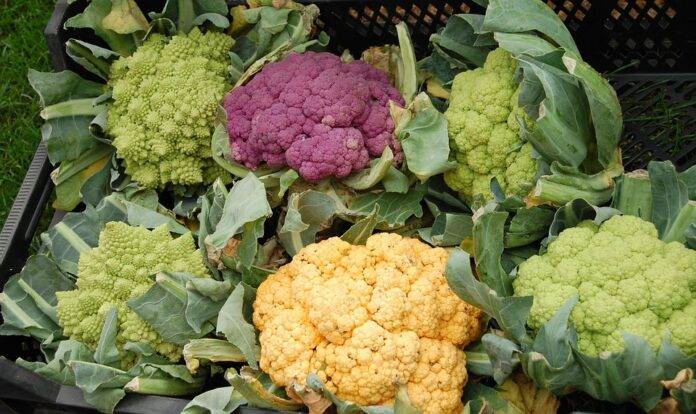Introduction
Currency fluctuations can have a significant impact on global trade, including the trade of agricultural commodities such as cauliflower. In this report, we will explore how currency fluctuations affect cauliflower trade and pricing, and analyze the potential implications for producers, exporters, and consumers.
Factors Influencing Currency Fluctuations
Before delving into the impact of currency fluctuations on cauliflower trade and pricing, it is essential to understand the factors that influence currency movements. Some of the key factors include economic indicators, geopolitical events, interest rates, inflation rates, and market speculation. Changes in any of these factors can lead to fluctuations in currency values.
Impact on Cauliflower Exporters
For cauliflower exporters, currency fluctuations can have both positive and negative effects. A depreciating domestic currency can make exports more competitive in international markets, as products become cheaper for foreign buyers. On the other hand, a strengthening domestic currency can make exports more expensive, potentially reducing demand from foreign buyers.
For example, if the US dollar strengthens against the Euro, a US-based cauliflower exporter may find it more challenging to compete with European exporters in the global market. This could lead to a decrease in export volumes and lower revenues for the US exporter.
Impact on Cauliflower Importers
Conversely, for cauliflower importers, currency fluctuations can also have significant implications. A depreciating domestic currency can make imports more expensive, leading to higher prices for consumers. On the other hand, a strengthening domestic currency can make imports cheaper, potentially benefiting consumers.
For example, if the Japanese Yen strengthens against the US dollar, Japanese cauliflower importers may benefit from lower import prices, leading to higher demand for imported cauliflower in the Japanese market.
Price Volatility in Cauliflower Trade
Currency fluctuations can contribute to price volatility in cauliflower trade, as changes in exchange rates can directly impact the cost of production, transportation, and distribution. This volatility can make it challenging for producers and traders to forecast pricing accurately, leading to uncertainty in the market.
Additionally, currency fluctuations can also affect input costs for cauliflower production, such as fertilizers, pesticides, and labor. Fluctuating currency values can lead to increased costs for producers, further exacerbating price volatility in the cauliflower market.
Case Study: Currency Fluctuations in the Cauliflower Market
Let’s consider a hypothetical scenario where the Indian Rupee depreciates against the US dollar. As a result, Indian cauliflower exporters may benefit from increased competitiveness in the global market, as their products become cheaper for foreign buyers. This could lead to a surge in cauliflower exports from India, driving up export volumes and revenues for Indian exporters.
However, on the flip side, Indian cauliflower importers may face challenges as import prices rise due to the depreciating Rupee. This could result in higher prices for consumers in the domestic market, potentially dampening demand for cauliflower imports in India.
Conclusion
In conclusion, currency fluctuations can have a significant impact on cauliflower trade and pricing. Producers, exporters, importers, and consumers in the cauliflower market must be aware of the implications of currency movements and take proactive measures to mitigate risks and capitalize on opportunities. By closely monitoring exchange rates, economic indicators, and market trends, stakeholders can navigate the challenges posed by currency fluctuations and optimize their operations in the global cauliflower trade.



